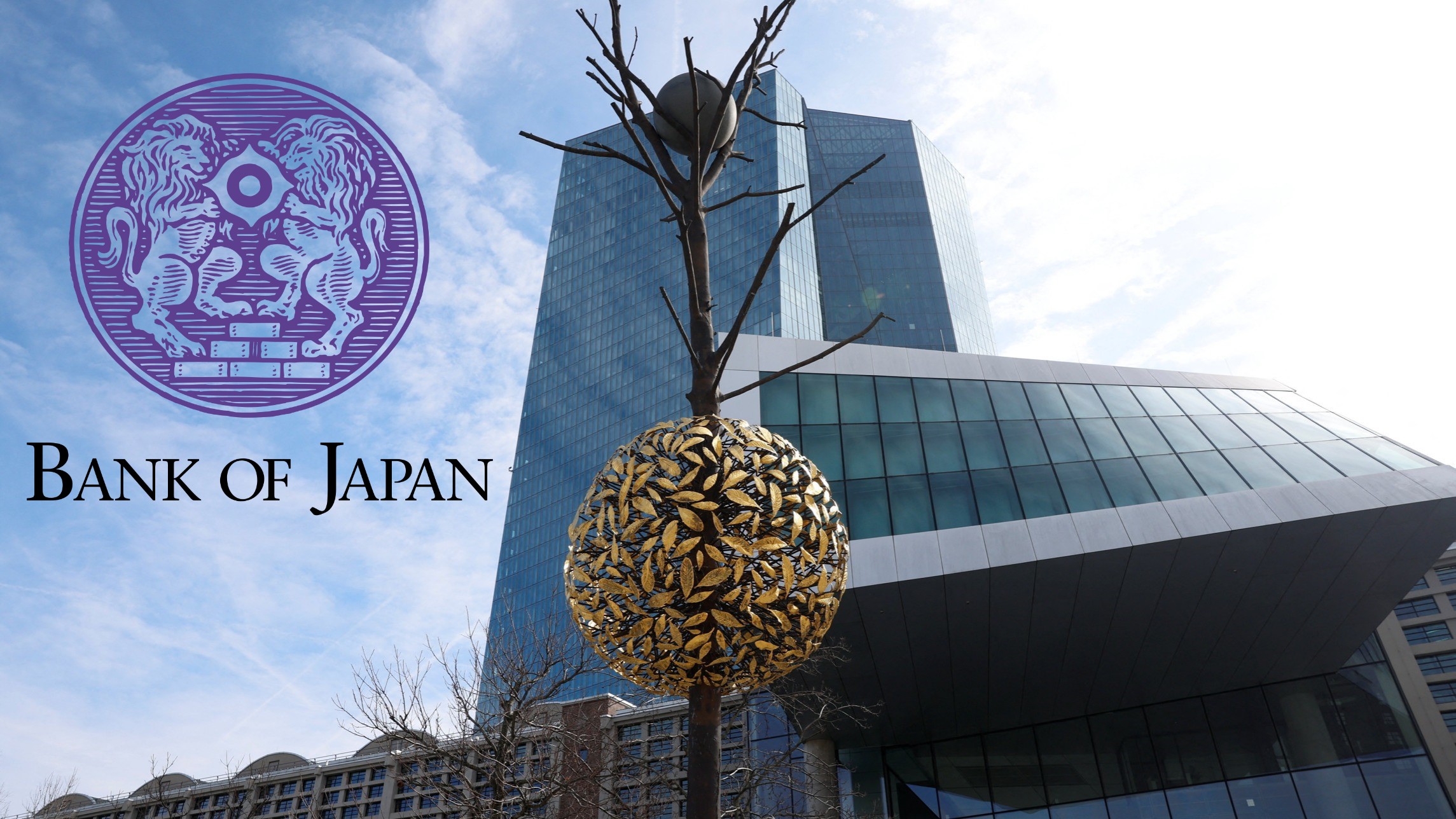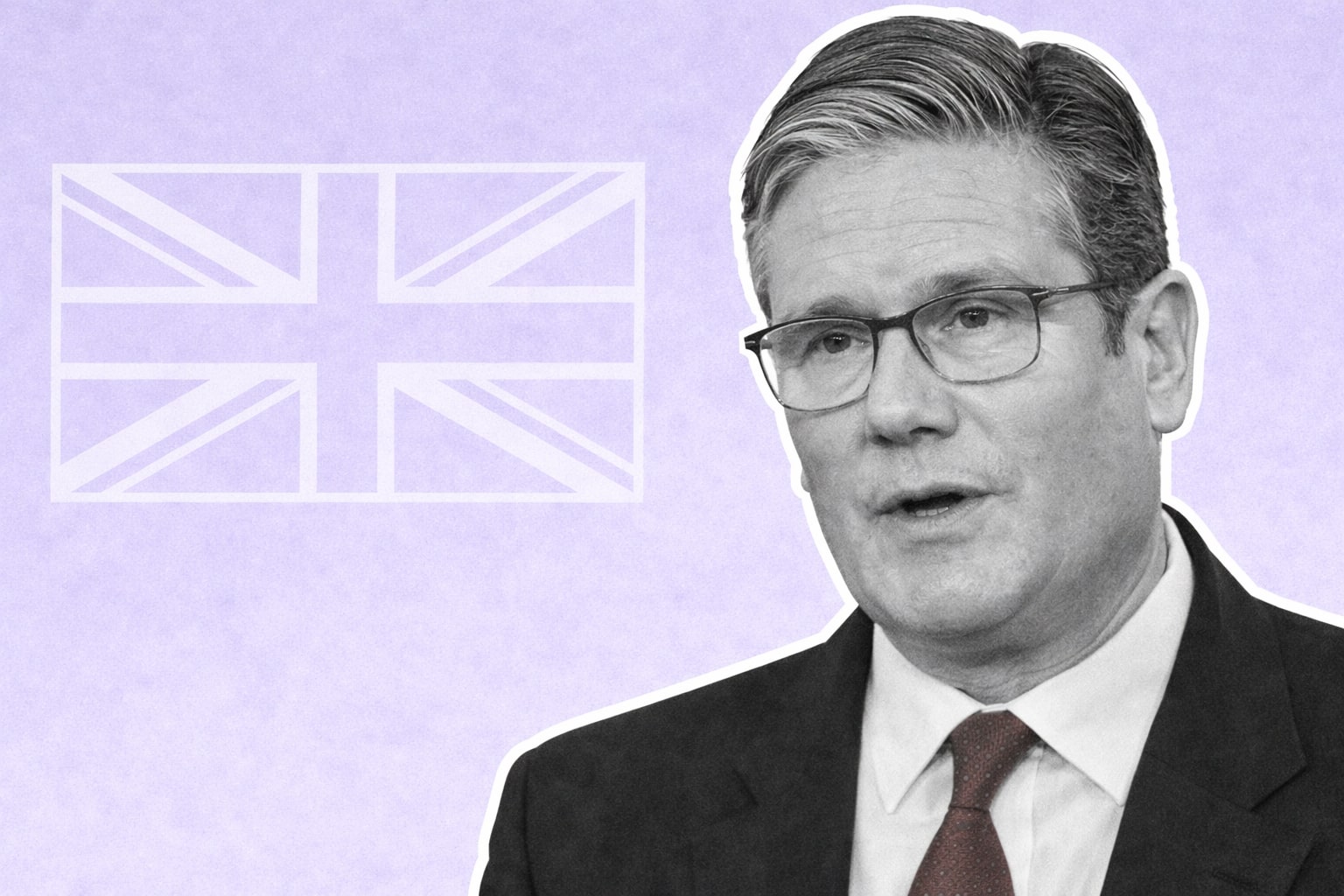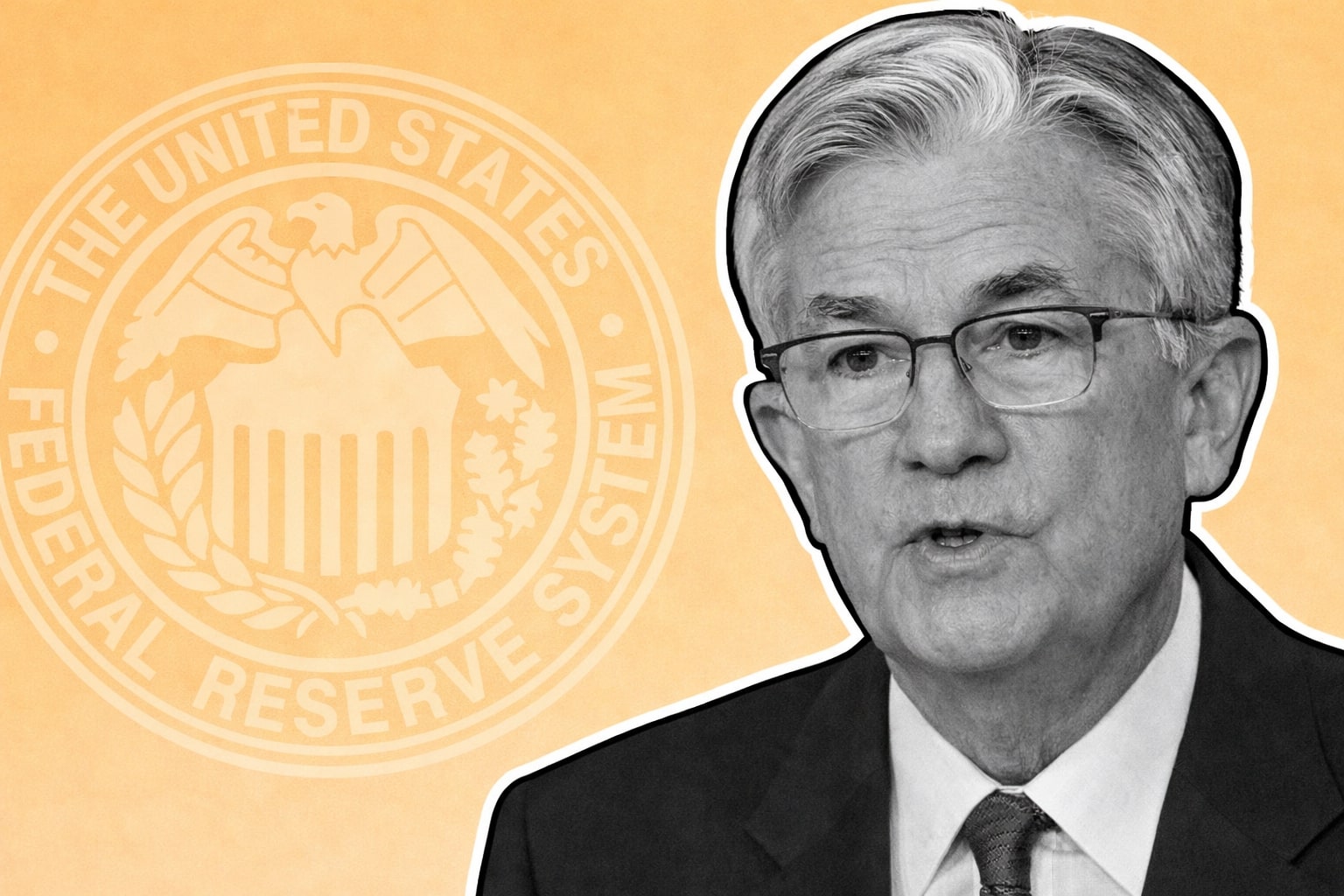
Bank of Japan's Interest Rate Policy and Inflation Forecast Lead to Yen Plunge
BOJ's Ultra-Low Interest Rate Policy Triggers Significant Depreciation of Yen, Reaching 15-Year Low Against Euro and 6-Month Trough Against Greenback
The recent decline of the Japanese yen against major currencies, such as the euro and the U.S. dollar, has sparked significant market interest and analysis. On Friday, the yen reached a 15-year low against the euro and a six-month low against the greenback. This decline was triggered by the Bank of Japan's decision to maintain its ultra-low interest rate policy and its forecast of slower inflation in the coming months, in contrast to the European Central Bank's rate hike.
As expected, the Bank of Japan kept its short-term rate target at -0.1% and maintained a 0% cap on the 10-year bond yield under its yield curve control (YCC) policy. Governor Kazuo Ueda stated that while he expects inflation to moderate, the pace of decline remains slow. The market reacted strongly to this decision, resulting in the yen's significant depreciation. It hit a fresh 15-year low of 155.22 per euro and was on track for its largest weekly decline against the euro in three years. The U.S. dollar also rose by 1.1% against the yen, reaching its highest level since November.
Erik Bregar, director of FX & precious metals risk management at Silver Gold Bull in Toronto, remarked that the Bank of Japan's decision further fueled the strength of the dollar. Meanwhile, the euro was set for its best week against the dollar since June, following the ECB's rate hike and forward guidance signaling another rate increase in July.
The weakening yen has prompted increased interest from investors, including M&G Investments, which is buying the yen on the expectation that the Bank of Japan will end its cap on bond yields in the near future to address inflation concerns. Jim Leaviss, Chief Investment Officer of public fixed income at M&G Investments, suggested that the fundamentals of the Japanese economy support the removal of yield-curve control (YCC) and predicted an imminent end to the BOJ's super-easy policy. This view contrasts with that of many other market participants who believe that the central bank will maintain its current settings for a while longer.
Recent economic data, including an acceleration of Japanese inflation in April, have put pressure on BOJ Governor Kazuo Ueda to normalize policy sooner rather than later. About two-thirds of economists surveyed by Bloomberg in April expect the BOJ to tighten policy by July. Goldman Sachs Group Inc. and BNP Paribas SA are among those who forecast a policy adjustment at the BOJ's July meeting. The current attractive exchange rate of around 141 yen per dollar provides an opportunity for investors to bet on a more hawkish BOJ by buying the yen rather than shorting Japanese government bonds.
The Bank of Japan's monetary policy announcement on Friday has been closely watched as a major catalyst for volatility in the markets. Expectations were that the BOJ would maintain its ultra-accommodative stance with no changes to its benchmark interest rate and yield curve control program. Governor Kazuo Ueda, who assumed his position in April, has repeatedly cautioned against prematurely exiting expansionary policies, emphasizing the potential negative impact on employment and wage growth. Ueda's credibility could be compromised if there were sudden changes in the BOJ's stance.
Given the BOJ's reluctance to withdraw stimulus and the Federal Open Market Committee's (FOMC) intention to raise borrowing costs further in 2023, the USD/JPY pair is likely to remain biased to the upside in the near term. Although market skepticism surrounds the Fed's plans to resume rate hikes later this year, yield differentials between the U.S. and Japan currently favor U.S. dollar strength. It is worth noting that excessive weakness in the Japanese yen may prompt the government to intervene to curb speculation. However, intervention concerns typically arise if the USD/JPY pair breaks above the threshold of 145.00, as observed in the past when the authorities intervened at exchange rates near 146.00 and 152.00.
Technical analysis indicates that USD/JPY has been consolidating within a symmetrical triangle, which is often seen as a continuation pattern. The recent breakout to the upside resulted in prices briefly reaching their highest level in nearly seven months. While the breakout has been sustained, the upward momentum is waning. To confirm the bullish thesis, a move and weekly close above the 140.40/140.70 level is required, which could propel USD/JPY toward the 142.50 resistance level, representing a 50% Fibonacci retracement of the sell-off from October 2022 to January 2023. On the downside, if sellers regain control and push prices below 139.75, a pullback toward 139.00 is likely. Further weakness would shift the focus to the psychological level of 138.00, followed by the 200-day simple moving average and a short-term rising trendline at 137.25.
The yen's depreciation has also led to a growing number of Koreans purchasing Japanese currency and traveling to Japan. The weakening exchange rate, which has approached its lowest level in eight years at around 900 won per 100 yen, has surprised market observers. They cautiously predict that the rate may drop below 900 won soon. The main reasons behind the weakened yen are the divergent monetary policies pursued by Japan compared to other major economies. While Japan maintains a monetary easing policy, many other countries have tightened their monetary policies in line with the U.S. Federal Reserve.
The influx of foreign investments into Korea's financial markets has contributed to the relative appreciation of the Korean won, further driving Koreans to purchase Japanese currency. The balance of yen deposits in major Korean commercial banks has increased by 15.8% compared to the end of May, with Koreans adding 110.3 billion yen to their accounts within just 10 business days. Many Korean investors find purchasing yen attractive, expecting a potential investment return of around 10% as the exchange rate normalizes.
Despite the second quarter traditionally being an off-season for travel, the number of Koreans visiting Japan has seen a noticeable surge. Some even find trips to Japan more cost-effective compared to Southeast Asian destinations. Aviation statistics reveal a 34.6% increase in the number of passengers using airlines connecting Incheon and Tokyo between June 1 and 10, compared to the first 10 days of January. Reservation rates of low-cost carriers heading to Japan are averaging 90%, leading to increased flight frequencies and the introduction of new destinations.
However, concerns have been raised about the prolonged depreciation of the yen and its potential impact on Korea's export competitiveness. A weaker yen compared to the won makes Japanese products cheaper in overseas markets, posing challenges for Korean exporters. Additionally, the preference for Japan over Korea as a tourist destination could negatively impact the domestic service industry.
The weak yen is expected to persist for the time being due to the Bank of Japan's dovish policy stance, which is likely to lead to further depreciation. Meanwhile, the Korean won is expected to appreciate mildly in the second half of the year, contingent upon the extent of economic recovery.
In conclusion, the recent depreciation of the yen against major currencies has captured market attention and spurred discussions about the Bank of Japan's future policy decisions. While the BOJ's ultra-low interest rate policy and inflation forecast have contributed to the yen's decline, other central banks, such as the ECB, have taken more hawkish stances. The depreciation of the yen has implications for investors, tourists, and export competitiveness, with various factors shaping the current exchange rate dynamics. Market participants are closely monitoring the actions of the BOJ and the Japanese government, as well as economic indicators, to assess the future direction of the yen and its impact on the broader economy.
Read More
-
Pagaya Stock Price Forecast - PGY at $23.20: Is PGY Stock the Cheapest AI Fintech of 2026?
19.12.2025 · TradingNEWS ArchiveStocks
-
XRP Price Forecast: XRP-USD Stuck at $1.87 With $3 2026 Target and $10–$25 Long-Term Range
19.12.2025 · TradingNEWS ArchiveCrypto
-
Oil Price Forecast: WTI Near $56 and Brent at $60 Signal Risk Toward $50
19.12.2025 · TradingNEWS ArchiveCommodities
-
Stock Market Today: AI Chip Rally Lifts Nasdaq as $7.1T Quad Witching Hits
19.12.2025 · TradingNEWS ArchiveMarkets
-
GBP/USD Price Forecast - Pound at 1.34 As BoE Cut And Soft Dollar Keep Bullish Path Toward 1.35
19.12.2025 · TradingNEWS ArchiveForex


















